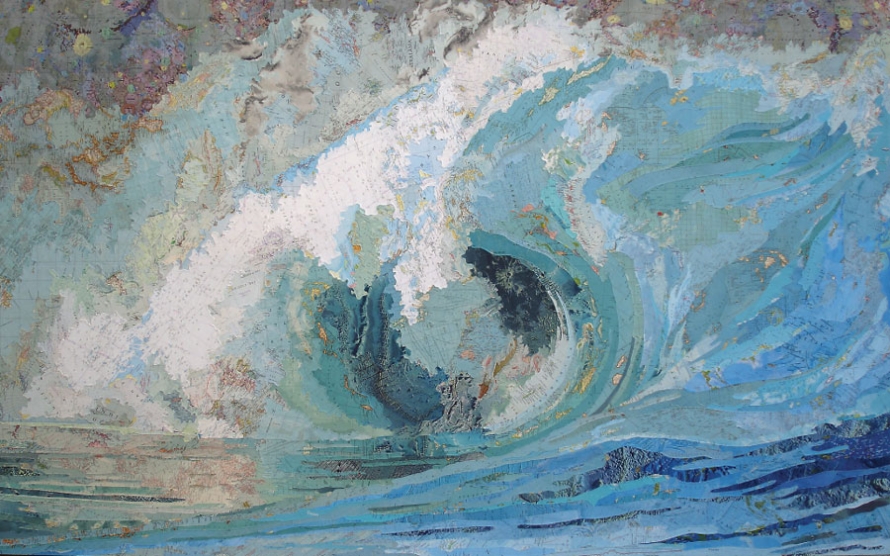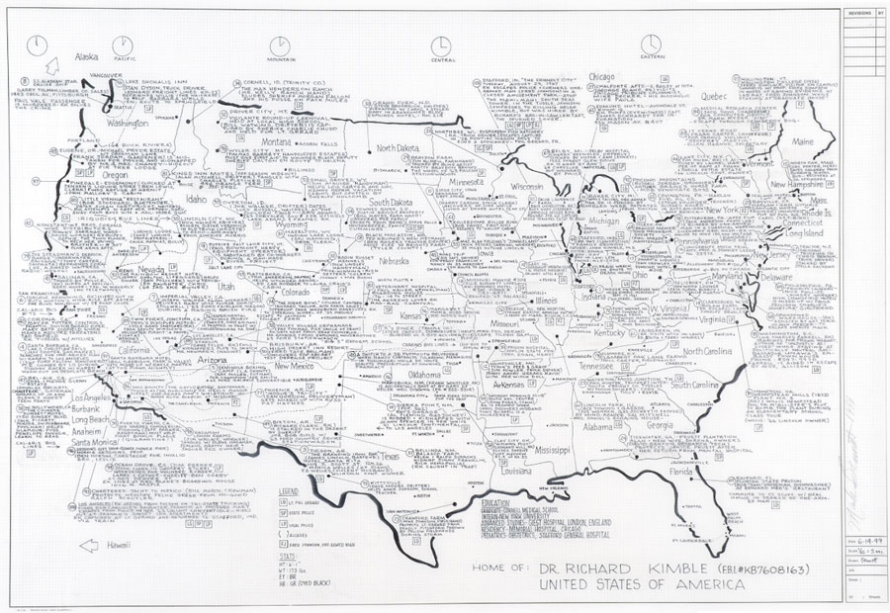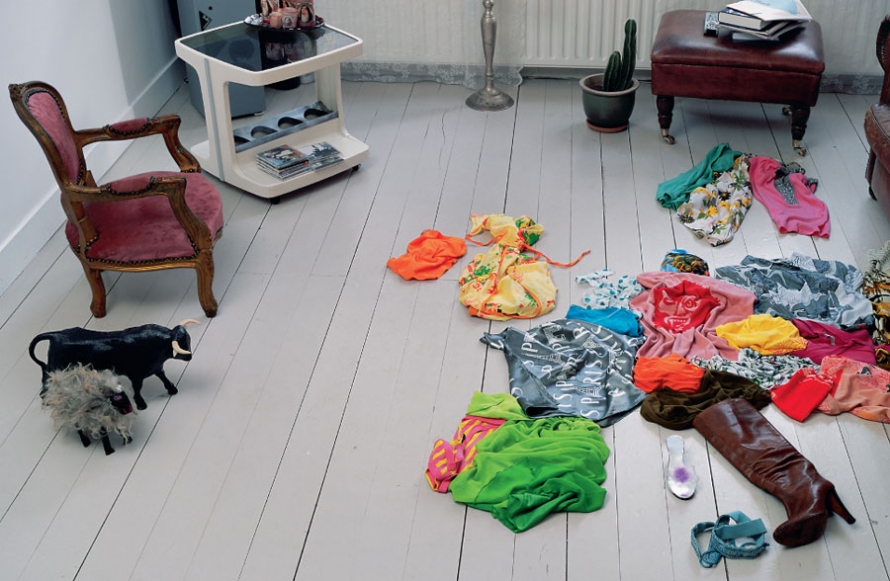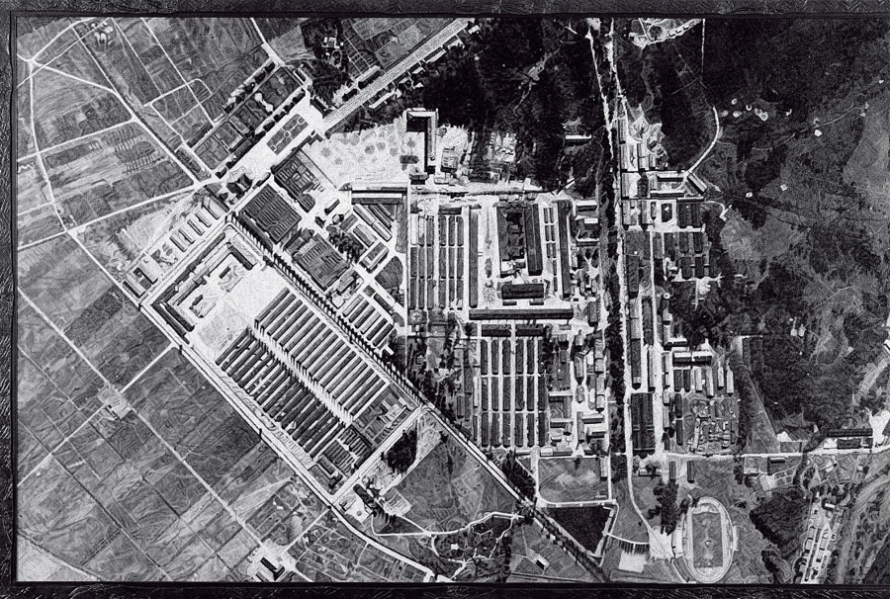Edited by Katharine Harmon, the new collection The Map as Art from Princeton Architectural Press brings together 360 visions of experimental cartography. It is wonderfully inspiring. The following excerpt comes from Katharine Harmon’s introductory essay. All images courtesy Princeton Architectural Press, all rights reserved.
There has always been art in cartography. Maps by definition are utilitarian, of course; they bear implicit promises of routes into and out of the unknown. Yet the language of maps as developed over time is a beautiful one, filled with artistic potential. Cartographers have long known that deploying artistic skills and techniques can enhance a map’s effect, and have to varying degrees used visual creativity to make their maps more compelling. Now the relationship between maps and art has swung around; artists are using maps to further their artistic purposes. In postmodern times, with all truths suspect, artists have found in cartography a rich vein of concepts and imagery to mine. Cartographic rules give artists whole networks of assumptions to exploit and upend. In the last 50 years artists have produced much inspiring material for those who appreciate what art can tell us about maps, and how maps enhance art.
Since the 1960s there has been an exponential increase in artists working with maps, and that abundant output has in turn inspired this book. Like the growth of a small settlement into a metropolis, cartographic motifs have spread across the artistic landscape. An ongoing succession of recent gallery and museum exhibitions and several cartographic blogs led me to map-enthused artists in North and South America, Europe, Africa, Asia, Australia, and New Zealand. Some of these artists have explored mapping in one phase of their careers; for others maps are a unifying motif throughout their work.
Is there any motif so malleable, so ripe for appropriation, as maps? They can act as shorthand for ready metaphors: seeking location and experiencing dislocation, bringing order to chaos, exploring ratios of scale, charting new terrains. Maps act as backdrops for statements about politically imposed boundaries, territoriality, and other notions of power and projection.
Mapping and art movements are equally susceptible to shifting political and aesthetic winds. Like artworks, maps are selective about what they represent, and call out differences between collective knowledge and individual experience. Artists use maps to respond to social and economic globalization, and to find orientation amid cultural volatility. And some artists include maps in their artworks not for their semiotics but because they can adapt cartographic systems to their uses or because they simply are drawn to the line and shape of the map’s vocabulary.










